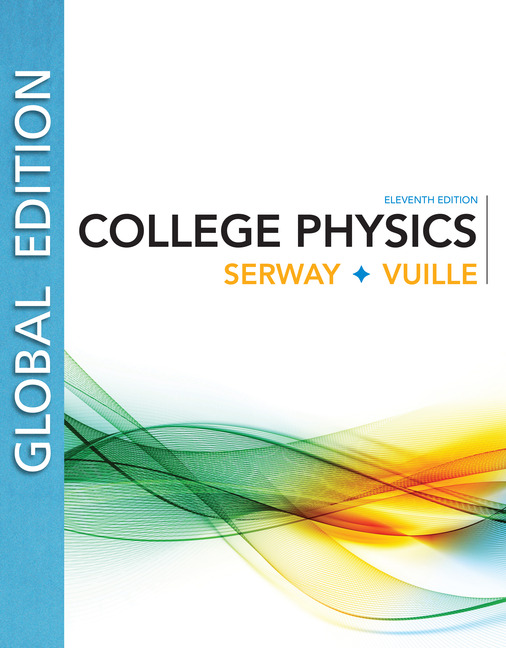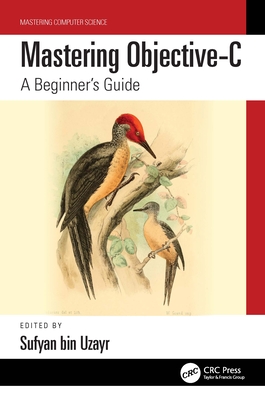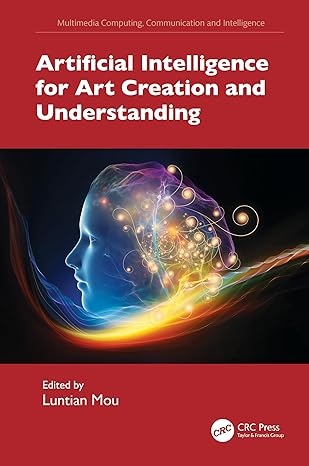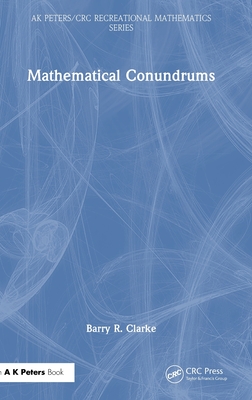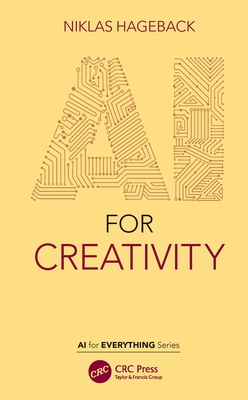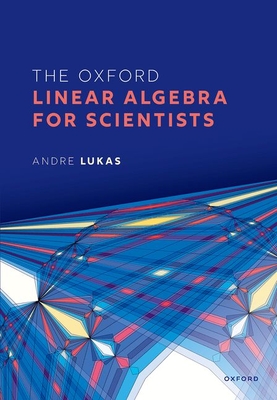图书简介
Succeed in your course, improve your problem-solving skills, and enrich your understanding of the world around you with COLLEGE PHYSICS,11E, GLOBAL EDITION! Now enhanced by new problems, Interactive Video Vignettes, new conceptual questions, and innovative technologies, this proven text combines a logical presentation of physical concepts with a consistent strategy for solving problems and an unparalleled array of worked examples to help you master the concepts and skills of the course.
PART I: MECHANICS. 1. Units, Trigonometry, and Vectors. Standards of Length, Mass, and Time. The Building Blocks of Matter. Dimensional Analysis. Uncertainty in Measurement and Significant Figures. Unit Conversions for Physical Quantities. Estimates and Order-of-Magnitude Calculations. Coordinate Systems. Trigonometry Review. Vectors. Components of a Vector. Problem-Solving Strategy. 2. Motion in One Dimension. Displacement, Velocity, and Acceleration. Motion Diagrams. One-Dimensional Motion with Constant Acceleration. Freely Falling Objects. 3. Motion in Two Dimensions. Displacement, Velocity, and Acceleration in Two Dimensions. Two-Dimensional Motion. Relative Velocity. 4. Newton’s Laws of Motion. Forces. The Laws of Motion. The Normal and Kinetic Friction Forces. Static Friction Forces. Tension Forces. Applications of Newton’s Laws. Two-Body Problems. 5. Energy. Work. Kinetic Energy and the Work-Energy Theorem. Gravitational Potential Energy. Gravity and Nonconservative Forces. Spring Potential Energy. Systems and Energy Conservation. Power. Work Done by a Varying Force. 6. Momentum, Impulse, and Collisions. Momentum and Impulse. Conservation of Momentum. Collisions in One Dimension. Glancing Collisions. Rocket Propulsion. 7. Rotational Motion and Gravitation. Angular Velocity and Angular Acceleration. Rotational Motion Under Constant Angular Acceleration. Tangential Velocity, Tangential Acceleration, and Centripetal Acceleration. Newton’s Second Law for Uniform Circular Motion. Newtonian Gravitation. 8. Rotational Equilibrium and Dynamics. Torque. Center of Mass and its Motion. Torque and the Two Conditions for Equilibrium. The Rotational Second Law of Motion. Rotational Kinetic Energy. Angular Momentum. 9. Fluids and Solids. States of Matter. Density and Pressure. Variation of Pressure with Depth. Pressure Measurements. Buoyant Forces and Archimedes’ Principle. Fluids in Motion. Other Applications of Fluid Dynamics. Surface Tension, Capillary Action, and Viscous Fluid Flow. Transport Phenomena. The Deformation of Solids. PART II: THERMODYNAMICS. 10. Thermal Physics. Temperature and the Zeroth Law of Thermodynamics. Thermometers and Temperature Scales. Thermal Expansion of Solids and Liquids. The Ideal Gas Law. The Kinetic Theory of Gases. 11. Energy in Thermal Processes. Heat and Internal Energy. Specific Heat. Calorimetry. Latent Heat and Phase Change. Energy Transfer. Climate Change and Greenhouse Gases. 12. The Laws of Thermodynamics. Work in Thermodynamic Processes. The First Law of Thermodynamics. Thermal Processes in Gases. Heat Engines and the Second Law of Thermodynamics. Entropy. Human Metabolism. PART III: VIBRATIONS AND WAVES. 13. Vibrations and Waves. Hooke’s Law. Elastic Potential Energy. Concepts of Oscillation Rates in Simple Harmonic Motion. Position, Velocity, and Acceleration as Functions of Time. Motion of a Pendulum. Damped Oscillations. Waves. Frequency, Amplitude, and Wavelength. The Speed of Waves on Strings. Interference of Waves. Reflection of Waves. 14. Sound. Producing a Sound Wave. Characteristics of Sound Waves. The Speed of Sound. Energy and Intensity of Sound Waves. Spherical and Plane Waves. The Doppler Effect. Interference of Sound Waves. Standing Waves. Forced Vibrations and Resonance. Standing Waves in Air Columns. Beats. Quality of Sound. The Ear. PART IV: ELECTRICITY AND MAGNETISM. 15. Electric Forces and Fields. Electric Charges, Insulators, and Conductors. Coulomb’s Law. Electric Fields. Electric Field Lines. Conductors in Electrostatic Equilibrium. The Millikan Oil-Drop Experiment. The Van de Graaff Generator. Electric Flux and Gauss’s Law. 16. Electrical Energy and Capacitance. Electric Potential Energy and Electric Potential. Electric Potential and Potential Energy Due to Point Charges. Potentials, Charged Conductors, and Equipotential Surfaces. Applications. Capacitors. Combinations of Capacitors. Energy in a Capacitor. Capacitors with Dielectrics. 17. Current and Resistance. Electric Current. A Microscopic View: Current and Drift Speed. Current and Voltage Measurements In Circuits. Resistance, Resistivity, and Ohm’s Law. Temperature Variation of Resistance. Electrical Energy and Power. Superconductors. Electrical Activity in the Heart. 18. Direct-Current Circuits. Sources of emf. Resistors in Series. Resistors in Parallel. Kirchhoff’s Rules and Complex DC Circuits. RC Circuits. Household Circuits. Electrical Safety. Conduction of Electrical Signals by Neurons. 19. Magnetism. Magnets. Earth’s Magnetic Field. Magnetic Fields. Motion of a Charged Particle in a Magnetic Field. Magnetic Force on a Current-Carrying Conductor. Magnetic Torque. Ampere’s Law. Magnetic Force Between Two Parallel Conductors. Magnetic Fields of Current Loops and Solenoids. Magnetic Domains. 20. Induced Voltages and Inductance. Induced emf and Magnetic Flux. Faraday’s Law of Induction and Lenz’s Law. Motional emf. Generators Self-Inductance. RL Circuits. Energy Stored in a Magnetic Field. 21. Alternating-Current Circuits and Electromagnetic Waves. Resistors in an AC Circuit. Capacitors in an AC Circuit. Inductors in an AC Circuit. The RLC Series Circuit. Power in an AC Circuit. Resonance in a Series RLC Circuit. The Transformer. Maxwell’s Predictions. Hertz’s Confirmation of Maxwell’s Predictions. Production of Electromagnetic Waves by an Antenna. Properties of Electromagnetic Waves. The Spectrum of Electromagnetic Waves. The Doppler Effect for Electromagnetic Waves. PART V: LIGHT AND OPTICS. 22. Reflection and Refraction of Light. The Nature of Light. Reflection and Refraction. The Law of Refraction. Dispersion and Prisms. The Rainbow. Huygens’ Principle. Total Internal Reflection. 23. Mirrors and Lenses. Flat Mirrors. Images Formed by Spherical Mirrors. Images Formed by Refraction. Atmospheric Refraction. Thin Lenses. Lens and Mirror Aberrations. 24. Wave Optics. Conditions for Interference. Young’s Double-Slit Experiment. Change of Phase Due to Reflection. Interference in Thin Films. Using Interference to Read CDs and DVDs. Diffraction. Single-Slit Diffraction. Diffraction Gratings. Polarization of Light Waves. 25. Optical Instruments. The Camera. The Eye. The Simple Magnifier. The Compound Microscope. The Telescope. Resolution of Single-Slit and Circular Apertures. The Michelson Interferometer. PART VI: MODERN PHYSICS 26. Relativity. Galilean Relativity. The Speed of Light. Einstein’s Principle of Relativity. Consequences of Special Relativity. Relativistic Momentum. Relative Velocity in Special Relativity. Relativistic Energy and the Equivalence of Mass and Energy. General Relativity. 27. Quantum Physics. Blackbody Radiation and Planck’s Hypothesis. The Photoelectric Effect and the Particle Theory of Light. X-Rays. Diffraction of X-Rays by Crystals. The Compton Effect. The Dual Nature of Light and Matter. The Wave Function. The Uncertainty Principle. 28. Atomic Physics. Early Models of the Atom. Atomic Spectra. The Bohr Model. Quantum Mechanics and the Hydrogen Atom. The Exclusion Principle and the Periodic Table. Characteristic X-Rays. Atomic Transitions and Lasers. 29. Nuclear Physics. Some Properties of Nuclei. Binding Energy. Radioactivity. The Decay Processes. Natural Radioactivity. Nuclear Reactions. Medical Applications of Radiation. 30. Nuclear Energy and Elementary Particles. Nuclear Fission. Nuclear Fusion. Elementary Particles and the Fundamental Forces. Positrons and Other Antiparticles. Classification of Particles. Conservation Laws. The Eightfold Way. Quarks and Color. Electroweak Theory and the Standard Model. The Cosmic Connection. Unanswered Questions in Cosmology. Problems and Perspectives. Appendix A: Mathematics Review. Appendix B: An Abbreviated Table of Isotopes. Appendix C: Some Useful Tables. Appendix D: SI Units. Answers to Quick Quizzes, Example Questions, and Odd-Numbered Conceptual Questions and Problems. Index.
Trade Policy 买家须知
- 关于产品:
- ● 正版保障:本网站隶属于中国国际图书贸易集团公司,确保所有图书都是100%正版。
- ● 环保纸张:进口图书大多使用的都是环保轻型张,颜色偏黄,重量比较轻。
- ● 毛边版:即书翻页的地方,故意做成了参差不齐的样子,一般为精装版,更具收藏价值。
关于退换货:- 由于预订产品的特殊性,采购订单正式发订后,买方不得无故取消全部或部分产品的订购。
- 由于进口图书的特殊性,发生以下情况的,请直接拒收货物,由快递返回:
- ● 外包装破损/发错货/少发货/图书外观破损/图书配件不全(例如:光盘等)
并请在工作日通过电话400-008-1110联系我们。
- 签收后,如发生以下情况,请在签收后的5个工作日内联系客服办理退换货:
- ● 缺页/错页/错印/脱线
关于发货时间:- 一般情况下:
- ●【现货】 下单后48小时内由北京(库房)发出快递。
- ●【预订】【预售】下单后国外发货,到货时间预计5-8周左右,店铺默认中通快递,如需顺丰快递邮费到付。
- ● 需要开具发票的客户,发货时间可能在上述基础上再延后1-2个工作日(紧急发票需求,请联系010-68433105/3213);
- ● 如遇其他特殊原因,对发货时间有影响的,我们会第一时间在网站公告,敬请留意。
关于到货时间:- 由于进口图书入境入库后,都是委托第三方快递发货,所以我们只能保证在规定时间内发出,但无法为您保证确切的到货时间。
- ● 主要城市一般2-4天
- ● 偏远地区一般4-7天
关于接听咨询电话的时间:- 010-68433105/3213正常接听咨询电话的时间为:周一至周五上午8:30~下午5:00,周六、日及法定节假日休息,将无法接听来电,敬请谅解。
- 其它时间您也可以通过邮件联系我们:customer@readgo.cn,工作日会优先处理。
关于快递:- ● 已付款订单:主要由中通、宅急送负责派送,订单进度查询请拨打010-68433105/3213。
本书暂无推荐
本书暂无推荐
